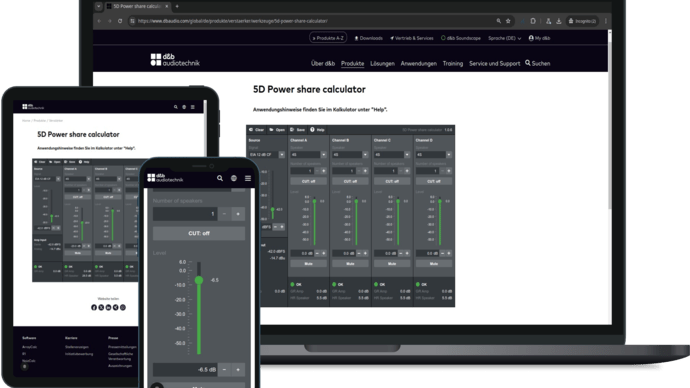
What are Large Language Models?
Large language models are, as the name suggests, large models that are trained to understand and generate human language. They are able to compose complex texts, answer questions and even write creative content such as poems or stories.
An LLM is based on billions of data points, often from text data, which enable it to simulate human language at a very high level. These data sets are the basis for training the model, where it learns to recognize patterns in the language and use them in different use cases.
How do large language models work?
A Large Language Model works on the basis of parameters. These parameters are basically weights that are adjusted during the training process. A model with billions of parameters can store and process an incredible amount of information.
Here is a simplified illustration of how it works:
- Data collection: large amounts of text data are collected.
- Training: The model is trained with this data, learning to recognize patterns and relationships in the language.
- Application: After training, the model can be used for various tasks, e.g. text generation, translation or question-answer systems.
Use cases of Large Language Models
The use cases of LLMs are manifold. Here are a few examples:
- Chatbots: Many modern chatbots use LLMs to generate human-like responses.
- Text generation: From articles to creative stories, LLMs can create a variety of content.
- Translation: Although not perfect, LLMs can translate text into different languages.
- Image description: Some models can even interpret images and generate descriptions to go with them.
Large Language Models and Python
Python is one of the most popular programming languages, especially in the field of data science and AI. Large language models can be implemented with Python tools and libraries such as TensorFlow or PyTorch. For example, OpenAI, the company behind the well-known GPT (Generative Pre-trained Transformer) model, offers a Python API that allows developers to access the capabilities of GPT. This enables a wide range of applications, from simple chatbots to complex text generation systems.
further information
- OpenAI's official website
- A deeper insight into GPT-3
- Wikipedia article about Generative Pre-trained Transformer
We believe: The development of Large Language Models is undoubtedly impressive. They offer enormous potential for many use cases and could revolutionize the way we interact with computers. However, it is important to take ethical considerations into account and ensure that the technology is used for the benefit of all. Large Language Models offer an exciting perspective on the future of artificial intelligence and language processing. It remains to be seen what further advances and applications will be developed in the coming years.

















